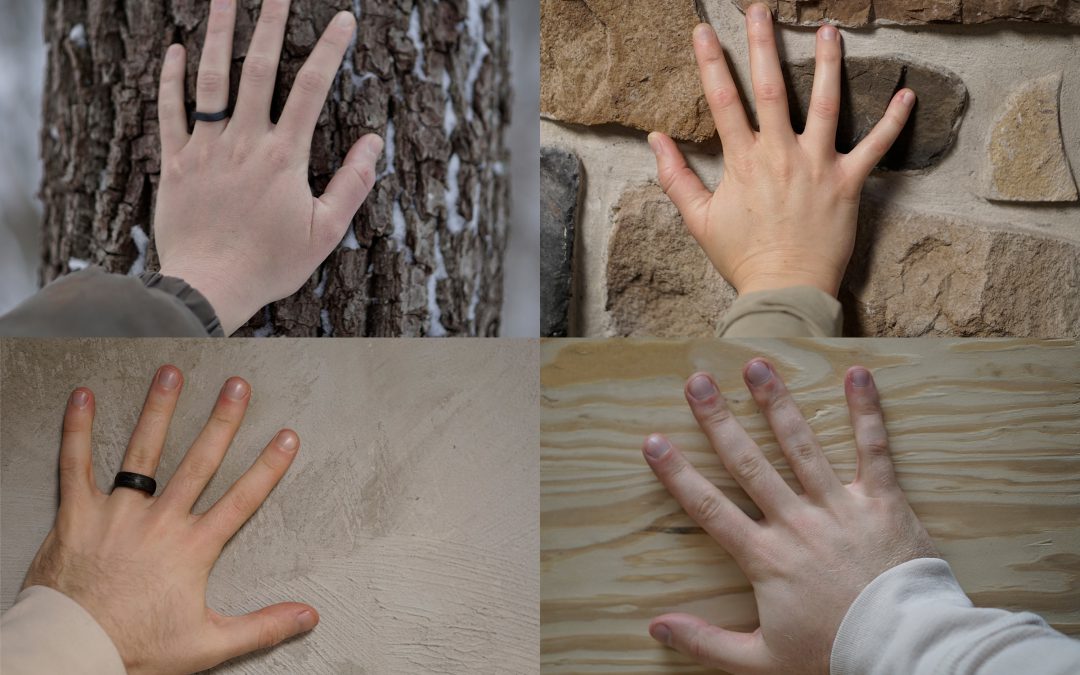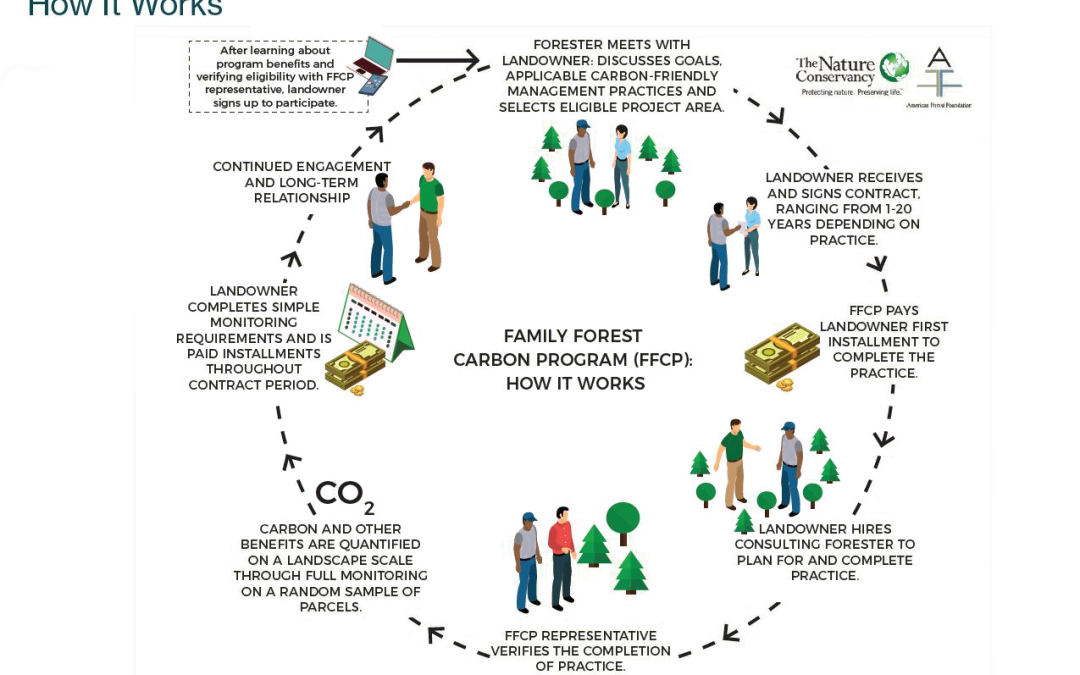
by William | Dec 30, 2020 | Net Zero, Small Footprint
Dear Readers,
I’ll start this blog with a warning – it’s long. We of course like to make our blogs easily readable, but these ones are important because Shelby and I are also trying to understand what it takes to make a Living Building. So, you’re basically reading our research. Ok, warning out of the way, let’s do this.
Four of the seven Petals of the Living Building Challenge have been covered, Place, Water, Energy, and Health and Happiness. That leaves three to go. If you’ve read the past four blogs on their respective Petals, then you’ll know that meeting this certification will be filled with crazy challenges. We appreciate you all sticking with us as we talk through these Petals to better understand them! Believe me, we know they’re complicated. Imagine trying to figure out how to design a small house to these standards, let alone something much bigger.
To jog your memory quick, here’s that chart of all the Petals and their Imperatives:

by William | Jul 29, 2020 | Healthy Living, Net Zero, Small Footprint
William and I have been on the property hunt lately, and we have had the opportunity to walk quite a few. We are looking for a wooded piece of land here in our rural county in Central Pennsylvania. Growing up here, we know some of the more productive places to look: certain southern facing properties on mountain ranges, down by certain creeks, away from certain roads. One hard reality that we are witnessing is that many of these properties have either already been logged, or they are old growth forests with trees preemptively marked to be logged.
As I have expressed in “Is CLT Sustainable?”, wood is a beautiful, sustainable resource which has many beneficial uses. We intend to use an incredible amount of it in our own home. However, we should be harvesting our woods in a way that does not have a greater negative impact on forests’ health. Some of the properties William and I have witnessed were devastating. You could tell that ‘low environmental impact’ and ‘sustainable harvesting and regeneration of trees’ was not in the plan when these certain forests were torn through.
After witnessing these properties, it was of even greater discomfort to walk through old growth forests (where there are tons of really big trees), and see all of the spray paint markings on trees to be taken down. Many property sellers do this as a courtesy for potential buyers. The prospective buyers can see what money making trees will help them recuperate some of their economic loss after paying for the property itself. This is a common path many rural land buyers pursue, especially when land is expensive and incomes are low. When over 70% of Pennsylvania forests are privately owned, the treatment of those forests becomes highly significant.


